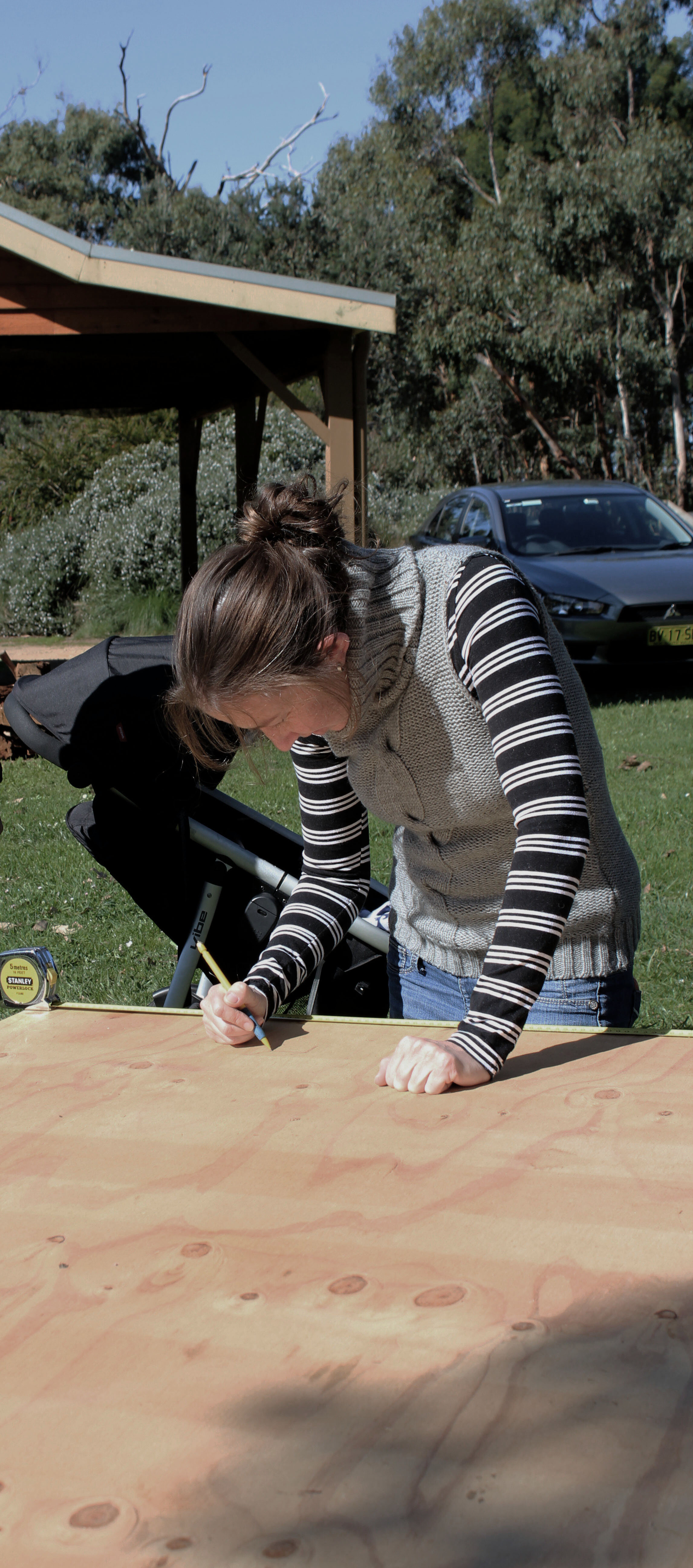era | What Does an Architect Do?
I have wanted to be an architect since I was a little tacker designing and building with lego.
I grew up knowing that was what I wanted to be and when I finished studying and began to work, practicing architecture exceeded my expectations.
What I didn’t expect was that every day people - my friends, my family and even my husband! - did not know what I did every day :D
Have architects really been so disconnected with the people around them that they haven’t communicated what they do day to day?
Clearly I haven’t!
But how do you explain every thing you do?
What do you think an architect does?
When people ask me what I do, and I answer that I am an architect, they are so excited!
Most say that they wanted to be an architect when they were young, or that they would love to do what I do.
But what do they think that I do?
My husband thinks that I draw and design buildings. But he had no idea that I work out how all of materials of a building connect so that it can be constructed in a certain way.
My sister knew that I worked with clients to develop designs and built outcomes, but she didn’t realise that I manage project budgets, develop time frames and speak to representatives from authorities such as local council.
I find this so interesting!
What do people think that an architect does?
I have been living, breathing and working in architecture alongside these people who are so special to me in my life and they only have a small idea of the range of little things I do to create architecture.
So what does an architect do?
What does an architect do?
When I studied architecture, I remember tutors explaining that when we started working in the ‘real world’, designing would only make up about 5% of the work we completed. At a guess, I would say that is correct if you include designing construction details along with the overall form and layout of the building :)
So what is it that we do?
I believe that an architect is an interpreter.
I am interested in your place.
I am interested in your story.
I ask questions.
I listen to answers, look for patterns and help you interpret all the information you already have into your unique architectural language which can then be translated into a built form.
Architects gather information | put the information together | help you build the reality.
You can’t work out a building without information about the place, people, program and parts unique to the architecture.
An architect will gather this information from a variety of sources, including you, and interpret it into documents for reference, record and to use throughout the process.
They will investigate written documentation including standards, regulations, product specifications and the like.
They will talk to you, talk to manufacturers of materials, seek advice from other professionals, problem solve construction solutions specific to the people and place.
When you put all of the information together you find patterns that uncover an architecture specific to all of that information. Architects represent that information in the form of documents that include drawings, technical specifications, schedules, programs, budget sheets and reports.
They work with specialist consultants to create architecture on paper - ready to be built.
They co-ordinate the work of specialist consultants, give them a brief to work from, establish time frames to deliver documents, ensure everyone has all of the information they need to represent the architecture.
| Ground Works | Structure | Electrical Services | Hydraulic Services | Mechanical Services | Cladding | Lining | Fixed Furniture | Loose Furniture | Equipment |
They work out where each light will be located, where each switch will be positioned, where each power point will be, what type of door handles will be used, what type of locking mechanisms, what type of paint will be used, which colour and from where, which tiles will be used with which type of grout, how the mirror will be held on the wall, where the floor wastes will be, how to step down from the deck to the garden path, where trees will be located, what type of fence will be constructed and what it will be made from, where the letter box will be, what the driveway will look like and where it will travel, how the skirting will sit with the wall, how the cupboard doors will open and close, where the toilet roll holder will hang, where each tap will be, what colour the toilet seat will be.
They liaise with authorities to establish requirements and work through the approval process to obtain permits to build. They liaise with contractors to establish an agreed construction contract.
They administer a construction contract as a neutral party between the person who is building the architecture and the person who is paying for the architecture to be built. They inspect construction works to ensure the architecture is built in accordance with the contract documents. They assess the construction works with relation progress payments to a contractor.
They manage the time frame and budget requirements.
They problem solve every little thing.
But most of all, an architect will
communicate.
They will talk to engineers, specialist consultants, council representatives, service representatives, contractors, sub-contractors and particularly - they will talk to you.
They communicate in words, numbers, drawings - verbally as well as in writing.
It is their number one job.
There is a process that helps to put all of these things together.
the process for each architect may vary slightly, but each follows the same general steps.
This process has been about for many years. It has not changed much in the entire lifetime of the profession.
That is because it works - doesn’t it?
SHOULD ARCHITECTS EVOLVE?
I was talking to a friend recently – an architect.
He said something which really resonated with me. He said that architects need to evolve.
He continued by saying that other professions and people in general have evolved over time, however architects continue to do their work in the same way they always have done.
I find this fascinating.
I have never thought of it in this way before.
I guess that is because I have lived with architecture for so long.
Although I have spent the last six years exploring alternative ways to practice architecture to meet the needs I was seeing from people I was speaking with and also the changing needs of my own life, I had not thought about how stagnant the profession was as a whole.
Hearing this enlightening comment from my friend was somewhat saddening.
A lightbulb moment filled with grief for a part of the world which I find so essential.
But there are positive aspects.
There is excitement for the possibilities.
And there are already architects in the world challenging the traditional process to find new and better ways to make architecture for the people they are creating the architecture for - YOU.
Til next time!
Start the process to find your architectural language and make your little ideas a reality.
Click here to see the little things I have made for you, or click here if you would like to work with me one on one.



